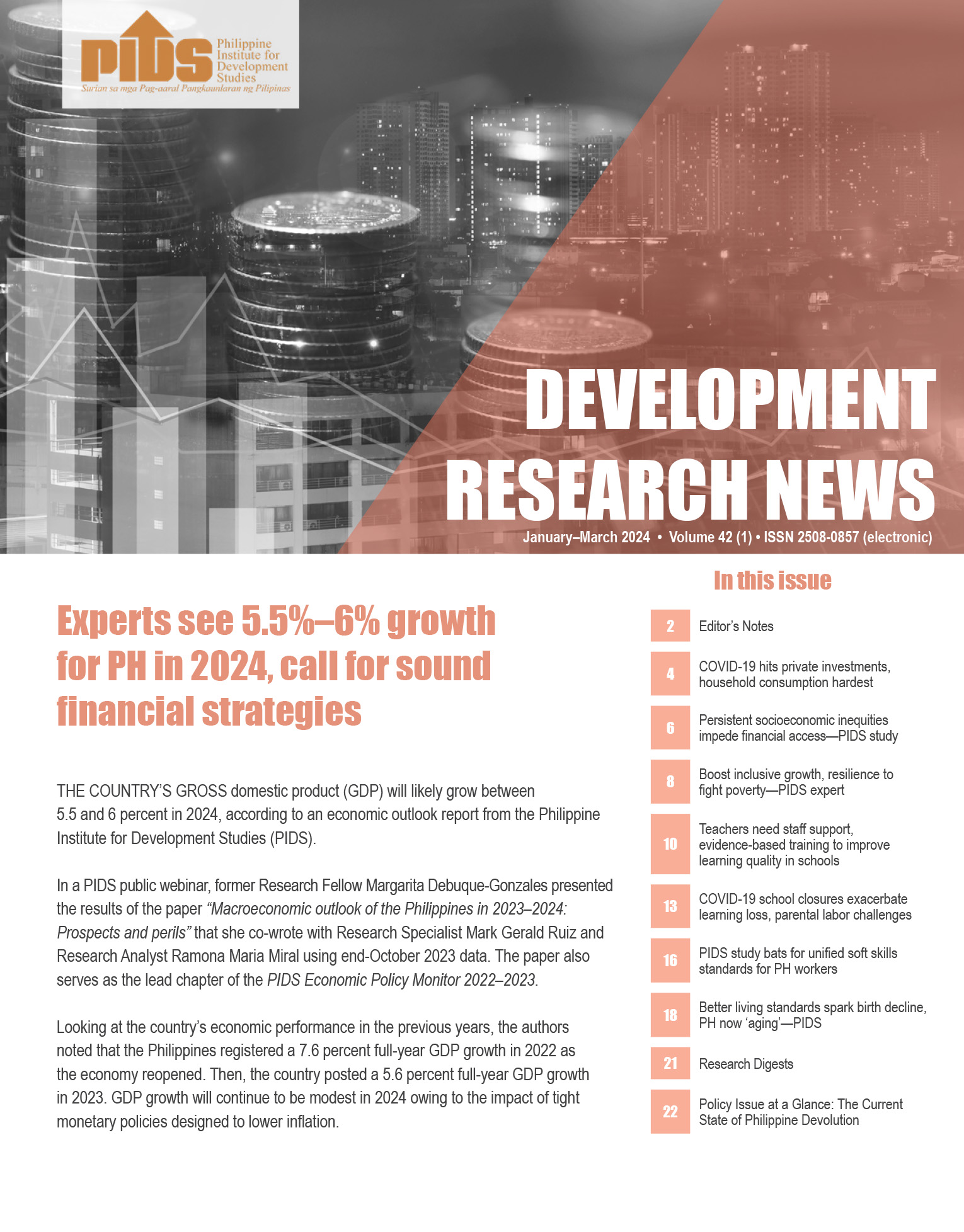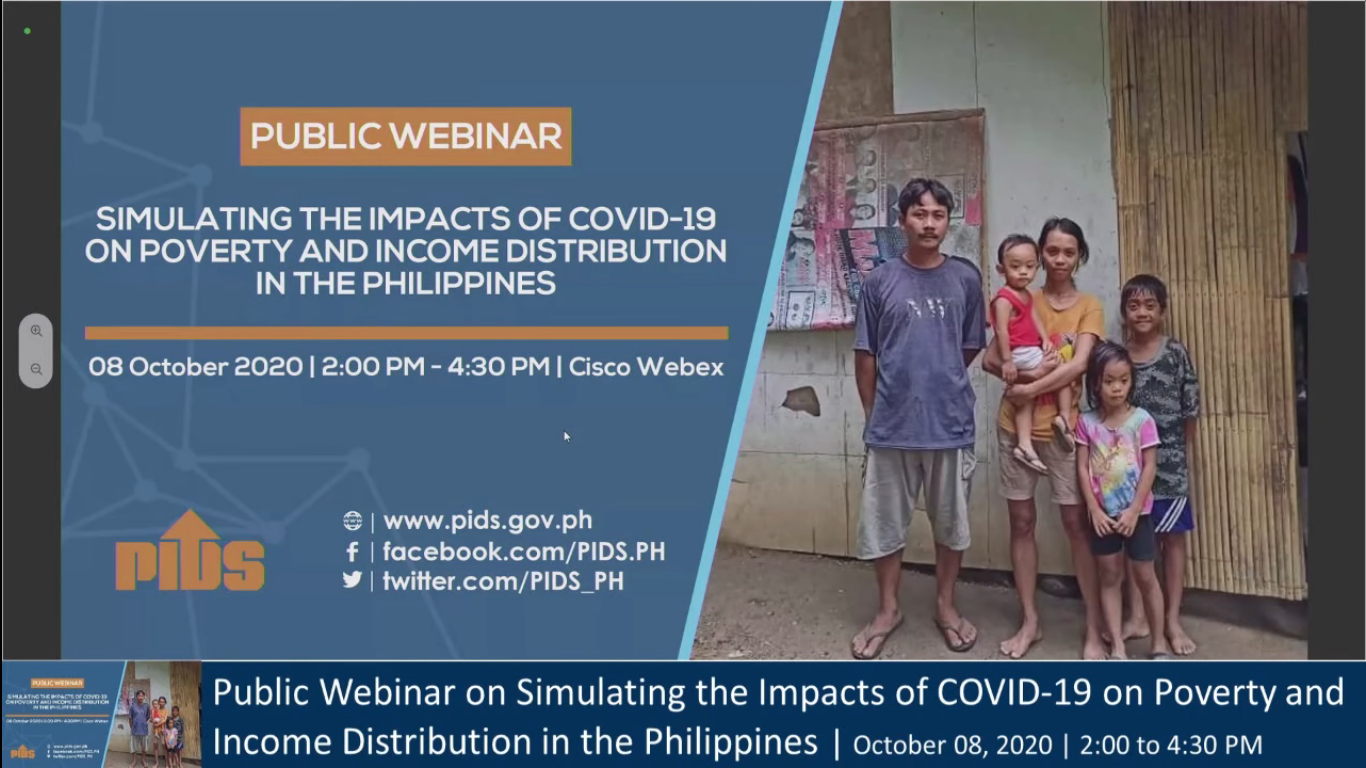THE National Economic and Development Authority (Neda) will review the study released by the Philippine Rice Research Institute (PhilRice) on the impact of the decline in farm-gate prices on rice farmers, as experts warned that such huge income losses, if sustained, would dent the country’s economic growth and poverty reduction goals.
At the same time, however, the experts said continuing to implement the rice trade liberalization law was still the way forward, while calling for measures to cushion the impact on farmers.
The study, which BusinessMirror reported on last Friday (November 15), showed that farmers lost P61.77 billion due to the steep decline in farm-gate prices for rice.
Relatedly, a senator said the government must find a way to reimburse the farmers for their huge losses.
Neda Undersecretary for Planning and Policy Rosemarie G. Edillon told the BusinessMirror that the oversight agency will not comment on the matter pending a review of the study.
“We’re not ready to comment on the study sans a full review. Bottomline, we are aware that there will be negative transition effects, hence the RCEF [Rice Competitiveness Enhancement Fund],” Edillon said.
Edillon added that in order to help the sector, the government is planning to provide unconditional cash transfers (UCTs) to farmers affected by the rice trade liberalization (RTL) law.
Risks to GDP, poverty targets
For his part, Ateneo Eagle Watch Senior Fellow Leonardo A. Lanzona Jr. told the BusinessMirror these losses would undermine the country’s GDP growth, especially if these continue.
He added that these also threaten the achievement of the country’s poverty targets as well as efforts to meet the Sustainable Development Goals (SDGs).
Lanzona said that while these losses were expected, the government still failed at distributing the subsidies to help farmers.
He added that there is a need to provide effective programs that can help farmers transition to alternative forms of livelihood.
“The kind of government-driven growth experienced in the last quarter will not be sustainable unless we address these problems,” Lanzona said. “I don’t think the economic managers realize how important it is to support our agricultural sector.”
PIDS, too
The study released by PhilRice is not the only one that showed the negative impact of the decline in farm prices on farmers.
Philippine Institute for Development Studies (PIDS) Senior Research Fellow Roehlano M. Briones said in a recent presentation that the long-term impact of the RTL includes a significant decline in farmer incomes.
Between 2019 and 2030, Briones said, farmers incomes are expected to decline by P10.075 billion.
The largest decline will be felt between 2025 and 2030 at P12.589 billion. The decline in farmers’ incomes would reach P7.56 billion between 2019 and 2024.
Briones estimated that in terms of a percentage point decline, farmers’ incomes will see a 21.9-percent point reduction in income this year alone. This is the smallest percentage decline compared to other years until 2030.
The declines are expected to continue widening until 30 percentage points by 2024 and, eventually, a 37.6-percentage point income reduction by 2030.
Consumers, winners
However, Briones said the benefits from a consumer point of view, are also significant and would lead to large benefits for Filipinos over time.
The change in consumer welfare would reach P23.509 billion between 2019 and 2030. The larger benefit would be accrued to consumers between 2025 and 2030 at P279.55 billion, while the smaller benefit at P197.467 billion would be realized between 2019 and 2024, per the PIDS projections.
“To realize the long term benefits for society as a whole, government should continue to enforce RA 11203 (RTL),” Briones said.
“Focus efforts on providing offsetting compensation for losers from the reform (such as) cash transfers (and) participatory value chains in rice trading,” he added.
2014 study
In 2014, Philrice came up with a study on the possible impact of the RTL on producers and consumers.
The study showed that at a 35-percent tariff with a quantitative restriction (QR), farmers’ gross incomes are expected to reach P63,836.04 per hectare.
However, the same study said that at 35 percent and removal of the QR, farmers’ incomes were lower at P46,548.29 per hectare.
The study also estimated that farm-gate prices would not drop as much. PhilRice estimated that dry palay prices could average P12.59 per kilo without the QR at a 35-percent tariff rate.
Wholesale prices at a 35-percent tariff without the QR, meanwhile, will decline to P27.43 per kilo.
“If government therefore prefers cheaper rice in the market, it must remove QR rather than just trimming the tariff rate,” the Philrice said in its 2014 paper.
On Friday, BusinessMirror reported that a Philrice study estimated farmers lost at least P61.77 billion due to the continuous drop in the farm-gate price of unhusked rice, which hastened in recent months when imports rose significantly.
The plight of local planters may even worsen as their losses could balloon to nearly P130 billion if prevailing farm-gate prices continue to fall below production cost, the PhilRice paper added.
Given the losses incurred by rice planters, the paper noted that the P10-billion RCEF created by RA 11203 may be insufficient to offset farmers’ losses.
The surge in rice imports driven by the opening up of the domestic market has been identified by industry stakeholders as the culprit to the double-digit decline in palay prices.
Industry groups like the Federation of Free Farmers (FFF) earlier estimated that rice planters have already incurred losses of at least P40 billion. The group projected that losses could reach as much as P60 billion due to the decline in farm-gate prices.
The PhilRice paper, titled “How to make farmers winners under the rice tariffication regime,” was authored by Alice B. Mataia and Aerone Philippe G. Bautista.
The paper is one of the policy advocate materials of PhilRice under its Rice Science for Decision-Makers publication. PhilRice is an attached agency of the Department of Agriculture.












